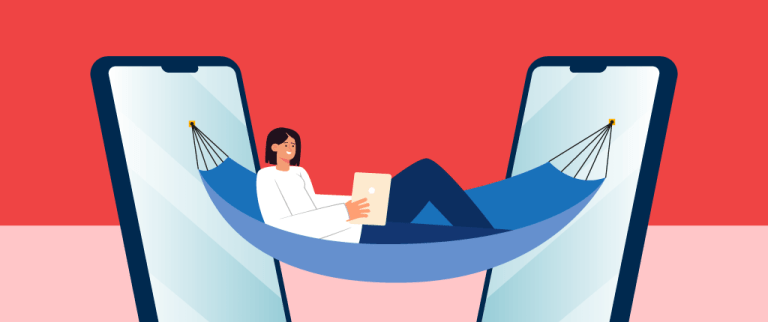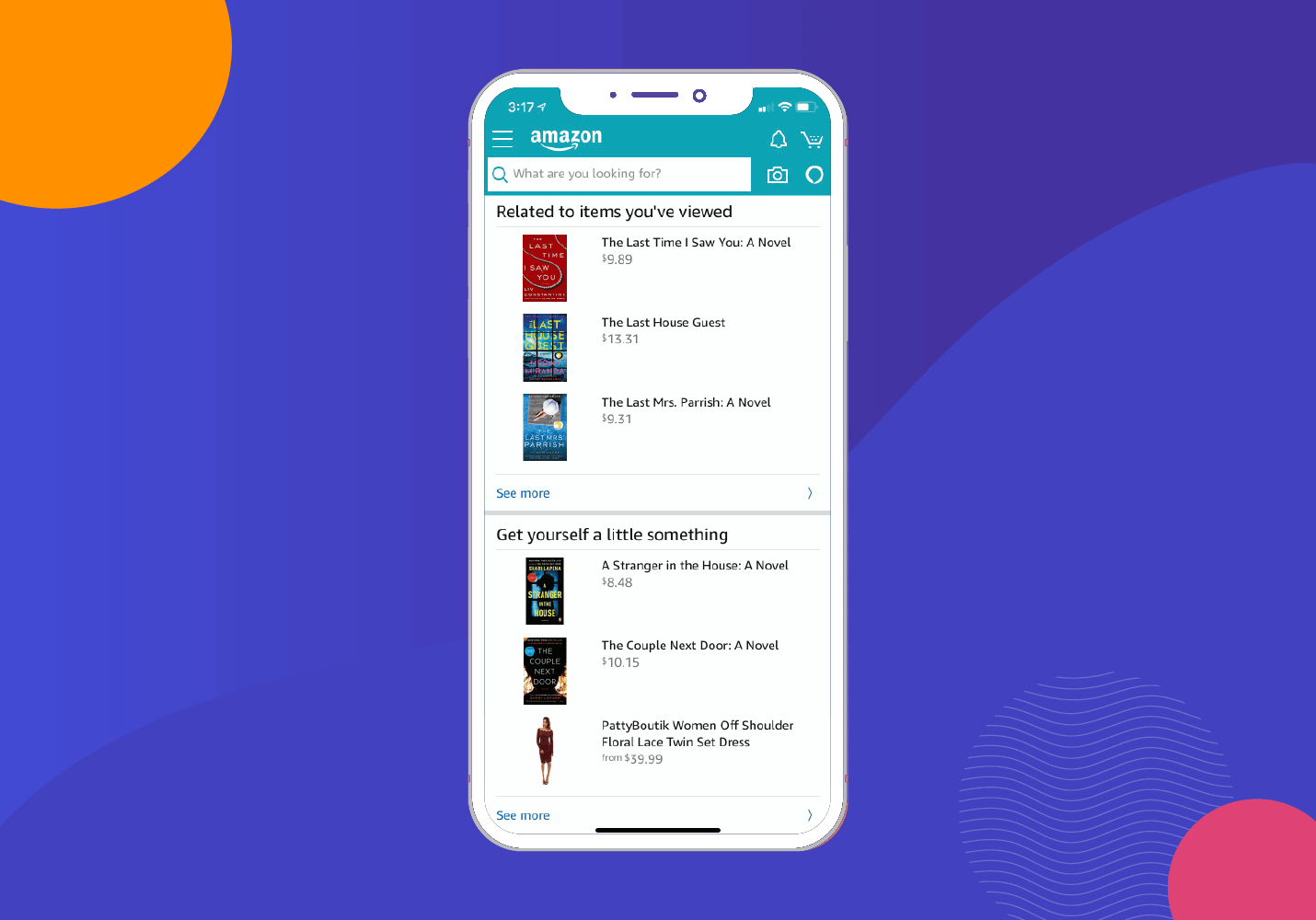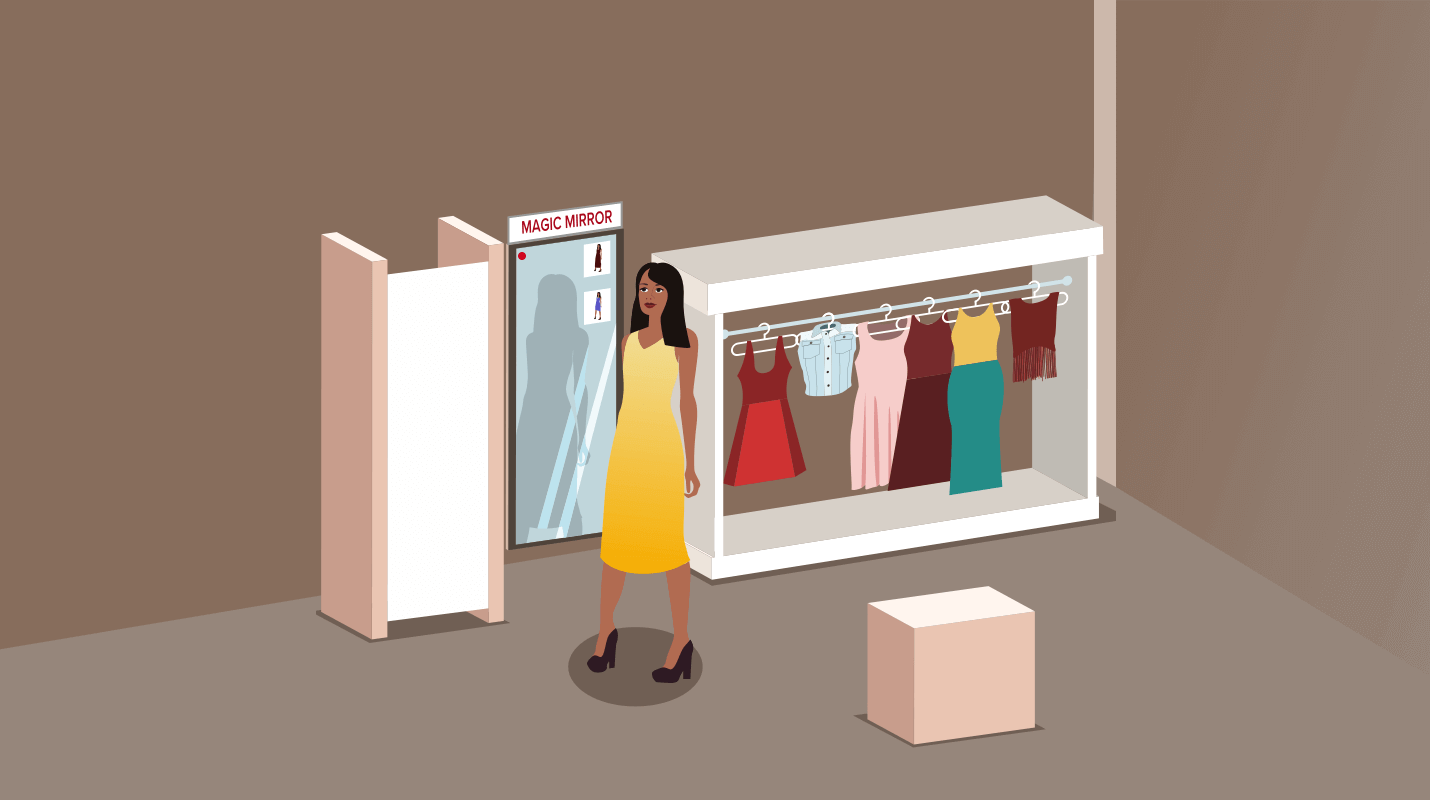Learn how you can Unlock Limitless Customer Lifetime Value with CleverTap’s All-in-One Customer Engagement Platform.

With the global pandemic, many facets of everyday life have inexorably changed. While people still need to go to school, work, travel, and make purchases, many of these activities have been transformed in fundamental ways. As in-person activities became more fraught, this accelerated the worldwide shift already underway from the physical to the digital, in all its various forms and iterations.
This shift has been seen most predominantly in the realm of commerce, making discussions of the economy increasingly synonymous with the digital economy. Around the world, installs of ecommerce apps grew 10% in 2021 compared to 2020, and sessions were up 12% year-on-year.* And a recent analysis* predicted that digital and digital-transformed businesses would account for an incredible $53.3 trillion by 2023, a figure that is roughly half the total Gross Domestic Product of the US.*
For businesses, the biggest impact of this shift has been the change in consumer expectations, in which, increasingly, consumers expect any and all of their needs to be met with a solution that is online and digital.
One can also credit (or fault) Amazon for their role in setting up the expectation that meeting all of one’s needs should be as easy and convenient as a one-click affair, with near immediate results. And if your business can’t or won’t meet that expectation, certainly there are a dozen others — a mere click or keystroke away — that can.
But the shift towards digital is driven by more than just a change in shopping habits and fulfillment processes. Because beyond all of our day-to-day needs is a deeper, more intrinsic human desire for experiences and connection. The anti-consumer movement has always touted having experiences — such as through travel, concerts, plays, sporting events, and the like — as a more meaningful and more lasting alternative to the purchasing of things. And this idea seems to have genuinely caught on.
According to CIO magazine, the experience economy is “the fourth great stage in consumer development, following commodities, goods, and services.” While not a mainstream idea in the past, the experience economy is a fact of life today, with a new acronym (CX, which stands for customer experience) and a new priority for business leaders.*
There’s data to back this up. In a survey of almost 2,000 business professionals, for 46% of respondents, customer experience was identified as a top priority for the next five years. This survey also found that 86% of buyers would pay a premium for a good experience. Interestingly, it was even suggested that customer experience would overtake product and price as the key brand differentiator.*
And let’s not ignore the technological innovations that are further driving this transition to the experience economy. The latest innovations in experiential technology include such things as VR/AR devices which keep getting better and better. And while it’s true that the use of this technology is still relatively small (only 1% of consumers own VR/AR units*), the latest craze for virtual rooms, immersive art exhibits, and exhibits geared toward providing backdrops for Instagram photos, would indicate that the experience economy is here to stay.
The experience economy has also been largely shaped by the advancement of cloud technology which has become foundational to how IT is accessed and provisioned. This means that as the global market and its drivers continue to change and evolve, organizations may have to realign their priorities to ensure that they have the right technology in place that will allow them to deliver effortless and meaningful experiences to their customers—and do so efficiently and flawlessly.
But what does all of this mean to you, the ecommerce rockstar, the digital-marketing maestro, the mobile-marketing rain-maker? What do you need to understand about the experience economy to meet consumer expectations and ensure that your company is riding the peak of the wave?
First is to understand that the way to build loyalty is less about dazzling or delighting the customer and more about providing them with the kinds of experiences they will genuinely value. This requires engagement efforts focused on creating authentic and meaningful touchpoints that will build lasting connections—all done in a way that is effortless.
The human element — manifested as empathy, engagement, personalization and ‘immersive-ness’ —is often the single largest differentiator. This should come as no surprise because unlike a product, which is tangible and distinct from the consumer, an experience is, by definition, unique and inseparable from the human being going through it.*
But how is one to achieve this possibly unfamiliar goal?
Neuroscience provides some answers. According to Forbes, “neuromarketing research shows that behavior in general—and customer behavior, specifically—is based on how we feel.” This means that if the emotional experience customers and prospects have truly resonates with them, this will affect both the length and the quality of your relationship with them.*
There are three aspects to creating this type of emotional customer experience:
As the experience economy continues to evolve, companies will try to effectively monetize customer experience by providing more sophisticated and targeted offerings. For every business wanting to succeed in this realm, the entire organization must acknowledge and work toward creating the kind of customer experiences that will resonate and provide economic value and returns.
How will this increasing dominance of the experience economy play out in the retail realm?
Certainly, physical retail seems primed to become more experiential, although “it’s not as big as some people might think,” according to Cate Trotter, head of trends at retail consultancy Insider Trends. Nonetheless, “across the board, there are all these ways that retailers can entertain customers, educate them, tell their stories better. It seems like every time you make ecommerce more experiential, there are more sales and the average spend is higher,” she notes.*
Here are some real-world examples of how retail brands add an experiential component to their mix.

At CleverTap, we have extensive experience supporting mobile app growth and revenue expansion and a keen understanding of some of the most-impactful strategies and tactics. Recognizing how ecommerce has exploded in the past couple of years, we decided to do a deep dive to identify and analyze what drives this industry when it comes to user engagement, retention, and monetization.
Our upcoming report, Fit for the Future of Retail, reveals four fundamental business objectives for engaging with today’s mobile-centric consumers and the individual tactics that will help you achieve them. It’s the product of a six-month qualitative and quantitative research project that draws from our ecommerce benchmark report, as well as data and insights from campaigns we’ve helped execute across the platform.
This report provides any brand seeking to gain a competitive advantage with key insights as well as step-by-step tactics for creating meaningful customer experiences with your app users.
